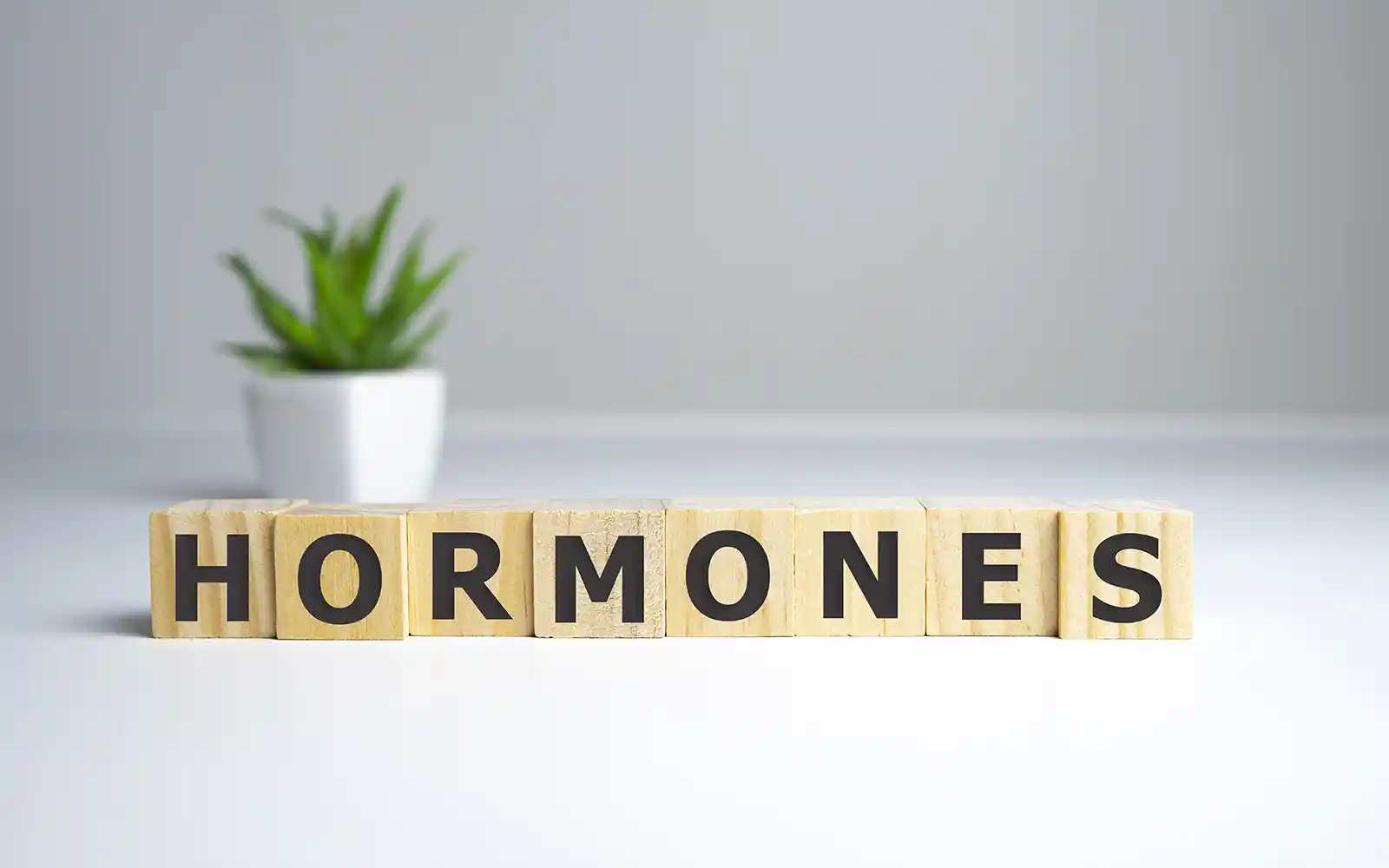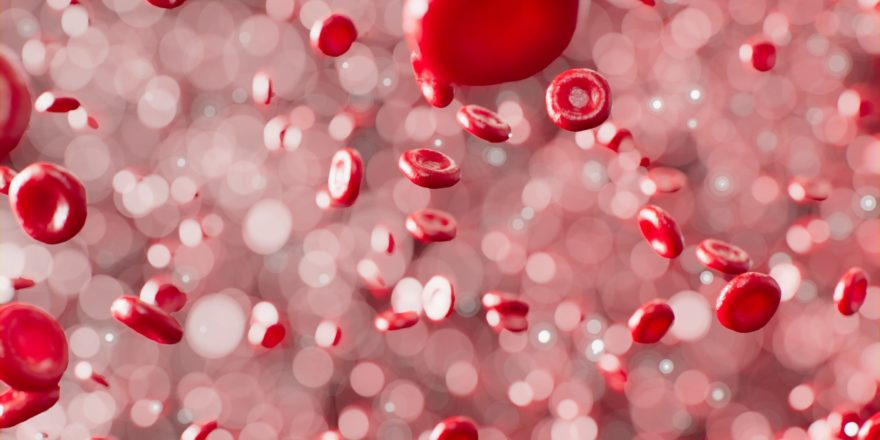High estrogen levels are a defining feature of endometriosis and are considered the most potent driver of the disease. Endometriosis nearly always stops growing when estrogen levels fall (at menopause or after medications), and the inflammatory action of estrogen is usually balanced by progesterone and testosterone.
- High estrogen levels are localised within lesions (rather than throughout the body), and they maintain and promote endometriosis lesions
- High estrogen levels (in particular estradiol (E2); the most potent and inflammatory estrogen) in lesions is possible because there are abnormally high levels of the two enzymes that make estradiol (see the bottom of the page for more detail)
- One of these enzymes, “aromatase”, converts testosterone into estradiol, which further drives the condition as testosterone inhibits endometriosis
- The cells in endometriosis tissue also have abnormally high numbers of estrogen receptors, and this dramatically increases their response to estrogens
Technical information on endometriosis and estrogens

Endometriosis and Estrogens
Estrogen is a steroid hormone created from cholesterol (Figure 1) i, with two main enzymes (protein catalysts that “make things happen”) involved in the process. Enzyme expression is the action of that enzyme, which is often localised:
Steroidogenic acute regulatory protein (StAR)
Steroidogenic acute regulatory protein (StAR) is expressed in the adrenal glands and gonads, and it regulates steroid production by controlling access to cholesterol for estrogen production.
- StAR is initially stimulated by the release of follicle‐stimulating hormone (FSH) and luteinising hormone (LH) from the pituitary. ii (Symptoms of endometriosis are typically worst around the period and after ovulation when FSH and LH have been high).
- StAR expression in endometriosis cells is significantly higher than in normal endometrium, and this plays a critical role in the development of endometriosis. iii
Aromatase
Aromatase converts testosterone and androstenedione (both “male” hormones) into estradiol (E2) and estrone (E1), respectively.
- Aromatase is expressed in various tissues, including ovarian granulosa cells, adipose tissue and placental trophoblasts.
- In women of reproductive age, most estrogen is secreted by ovarian cells following FSH stimulation, while in postmenopausal women, most estrogen production is in adipose (fat) and skin tissue.
- Abnormally high aromatase levels produce localised estrogen in endometriosis and adenomyosis, but aromatase is absent from normal endometrium cells. iv
- Significantly more aromatase is present in the proliferative phase of deep endometriosis. v
- Aromatase plays a critical role in local estrogen production, especially with ovarian endometriosis. The combination of StAR and aromatase enables lesions to produce their own localised source of estrogens. vi

The biological effects of estrogens are brought about by estrogen receptors (ERs), and the cellular responses to estrogen depend on the balance of:
- ER expression
- ER distribution and numbers
- ER protein function
These are significantly different between endometriotic tissues and the normal endometrium, contributing to the disease characteristics of endometriosis. vii
- There are clear differences in mRNA and protein levels of Estrogen Receptors (ER) between normal healthy endometrium tissue and ectopic endometrial lesions.
- Stromal cells are a major endometrial cell type, and stromal cells outside the womb in endometriotic tissue express much higher ERβ and significantly lower ERα levels than stromal cells within the womb. Erβ is unregulated in endometrial tissue and can be 34x higher than in normal endometrial tissue, making the tissue much more estrogen sensitive.
Environmental and behavioural factors can cause abnormal DNA methylation (the addition of a methyl group CH3 to DNA). Methylation of DNA alters how genes are expressed (epigenetics), and these DNA changes drive the development of endometriosis by altering estrogen and progesterone receptors in cells.
ii Bulun SE, Lin Z, Imir G, et al. Regulation of aromatase expression in estrogen‐responsive breast and uterine disease: from bench to treatment. Pharmacol Rev. 2005;57(3):359‐383.
iii Attar E, Tokunaga H, Imir G, et al. Prostaglandin E2 via steroidogenic factor‐1 coordinately regulates transcription of steroidogenic genes necessary for estrogen synthesis in endometriosis. J Clin Endocrinol Metab. 2009;94(2):623‐631.
iv Kitawaki J, Noguchi T, Amatsu T, et al. Expression of aromatase cy‐ tochrome P450 protein and messenger ribonucleic acid in human endometriotic and adenomyotic tissues but not in normal endome‐ trium. Biol Reprod. 1997;57(3):514‐519.
v Huhtinen K, Desai R, Ståhle M, et al. Endometrial and endometriotic concentrations of estrone and estradiol are determined by local metabolism rather than circulating levels. J Clin Endocrinol Metab. 2012;97(11):4228‐4235
vi Chantalat E, Valera MC, Vaysse C, Noirrit E, Rusidze M, Weyl A, Vergriete K, Buscail E, Lluel P, Fontaine C, Arnal JF, Lenfant F. Estrogen Receptors and Endometriosis. Int J Mol Sci. 2020 Apr 17;21(8):2815. doi: 10.3390/ijms21082815. PMID: 32316608; PMCID: PMC7215544.
vii Burney RO, Giudice LC. Pathogenesis and pathophysiology of en‐ dometriosis. Fertil Steril. 2012;98(3):511‐519




